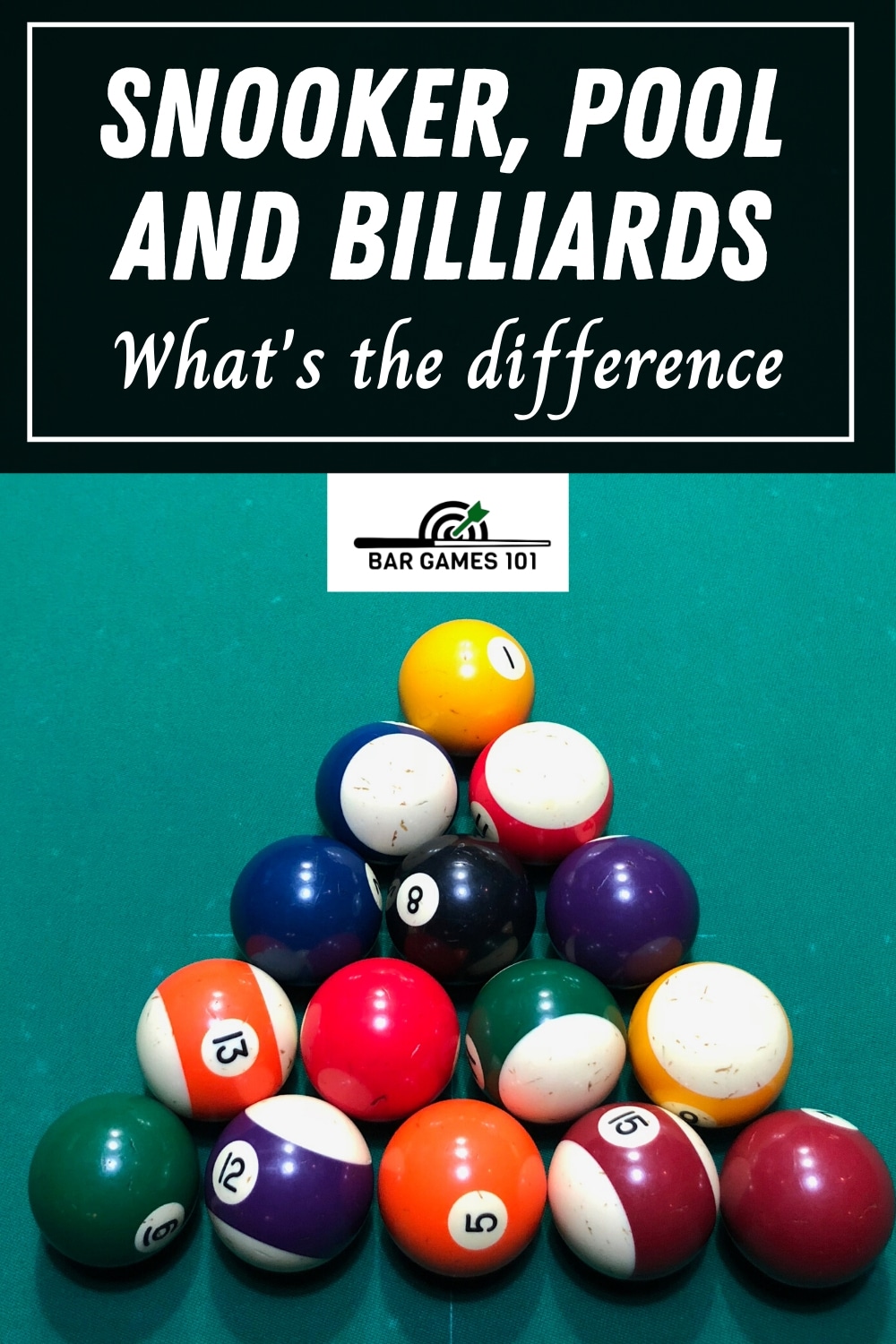
There are many differences between snooker and pool, but there are also some similarities. While the tables and rules of both games are very similar, the former has smaller pockets with more balls, and the latter has a more complicated scoring system. In addition, both games require you to practice until you're a master.
Snooker tables tend to be lower-set
Snooker, pool, and other table games are similar. But their rules and strategies differ. They can be played on different-sized tables. There are smaller pockets for snooker and larger pockets for pool. Snooker tables tend to be lower-set and larger with a playing surface that is twice as wide as pool tables. Snooker balls have a smaller ball than those used in pool. The British cueball is also slightly smaller that the American.
A snooker table's pocket is smaller than a pool table's, with the pockets in the corners being smaller and the side pockets being more spacious. Although the markings for a snooker table look similar to pool tables, the head and foot spots on it are different. In snooker, an invisible line runs across the table and the apexball is placed at the foot slot. A pool cue, however, is slightly heavier than a snooker one. A rack with 15 balls on the top of a snooker board is located at its top. The numbering system makes it easy to identify the ball.

Smooth surfaces are a hallmark of snooker tables
The surface is one of the most significant differences between a snooker and a pool game table. Snooker tables have smoother, more velvety surfaces, while pool tables have a harder surface. Although this makes it easier to control the ball, some players find the differences in playing conditions frustrating. Smooth surfaces are important for maintaining control of the ball, and avoiding fouls. Both pool and snooker tables come with cloths, and the materials they're made from can be costly. These cloths are long-lasting and durable.
Snooker tables are smoother than pool tables, and have rounded pockets. These pockets are important in making accurate shots at the pocket ball. The game is made more fun by the smooth surface of the table.
Snooker pockets look curvier from the inside.
The shape and size of a snooker pockets is key to determining whether a player can get pots there. Because of their less forgiveness, pockets with curves on the interior are harder to make pots. The pockets of snooker tables vary in shape between tables.
Snooker pockets appear more curvy inside than out. This makes it easier for the cue ball to target. Smaller snooker balls make it easier to aim for. Players must control the cue ball to make pots.

snooker is easier to play than pool
Although snooker is easier to learn than pool, it is also more challenging. This is because the pockets in snooker are much narrower, and snooker players need to calculate spin, power, and aim much more precisely. Although snooker can be more challenging than pool, it is also easier to learn than the pool game. All skill levels are welcome to play the game.
Although snooker is easier to learn than pool, many people think that it is harder than pool. This is partially due to the different size of the balls and the table. Snooker balls tend to be smaller which makes them more difficult to hit. The smaller pockets make snooker easier to play, but snooker has more rules than pool.